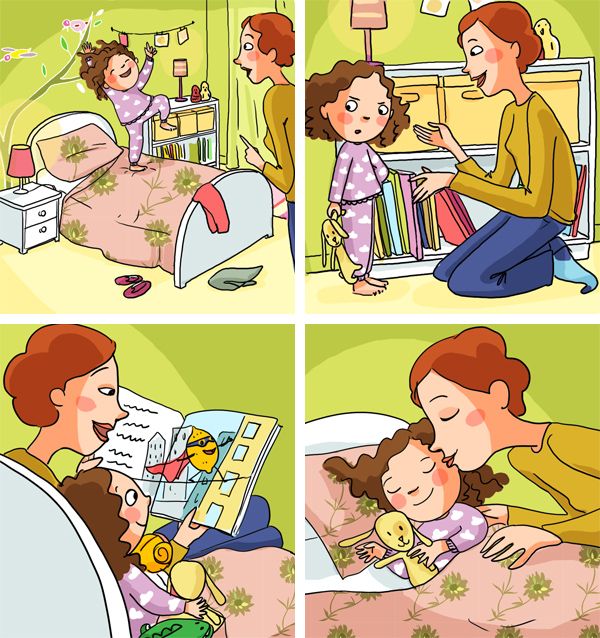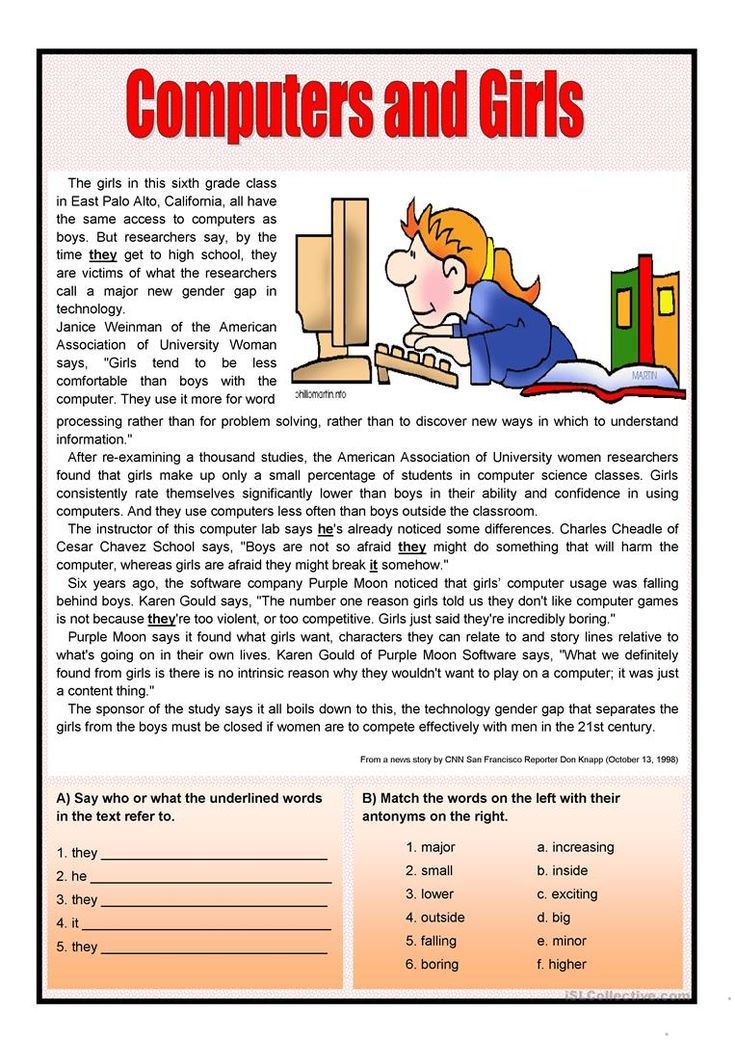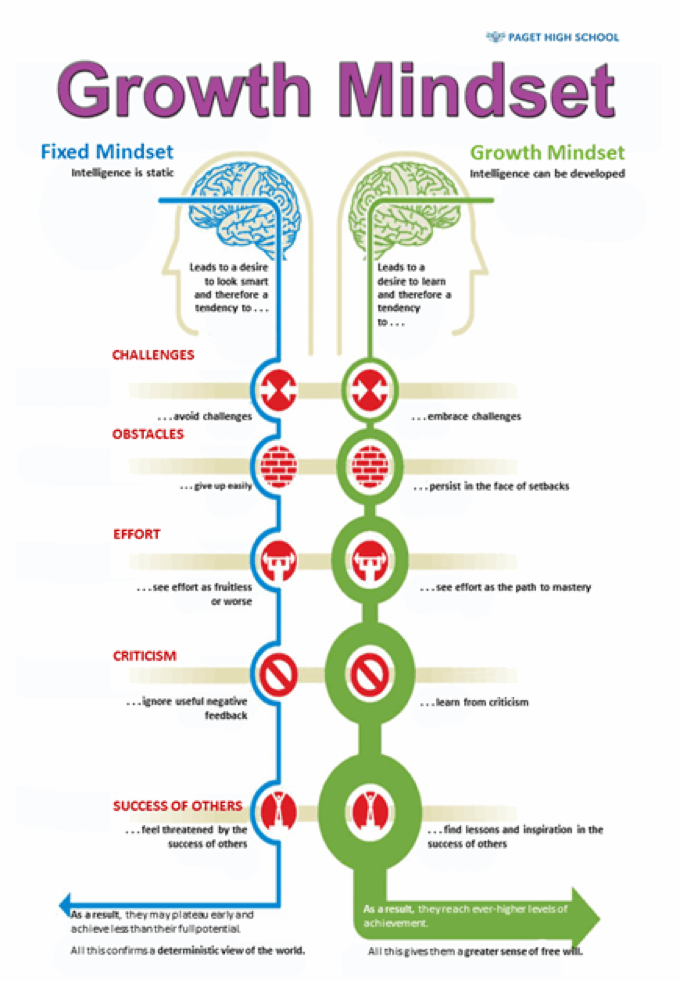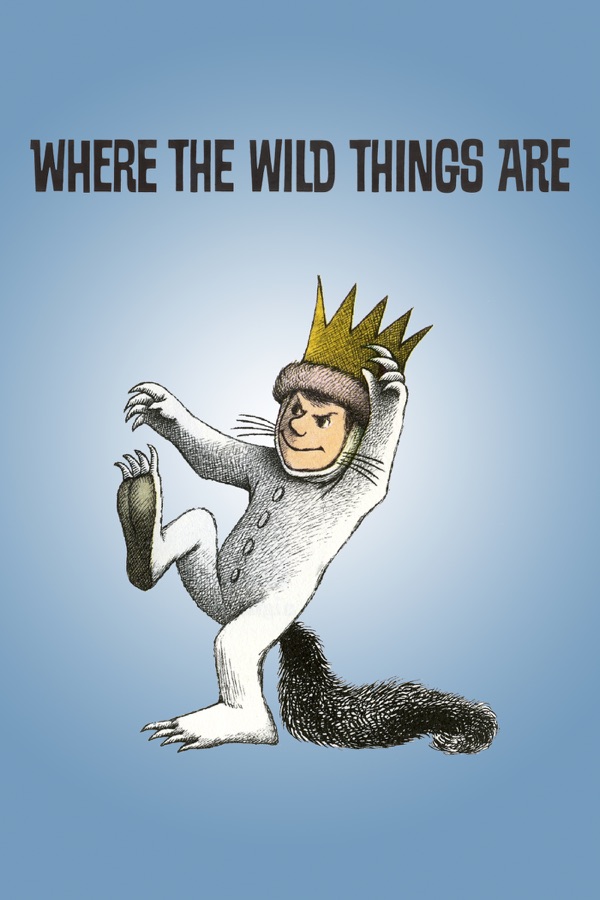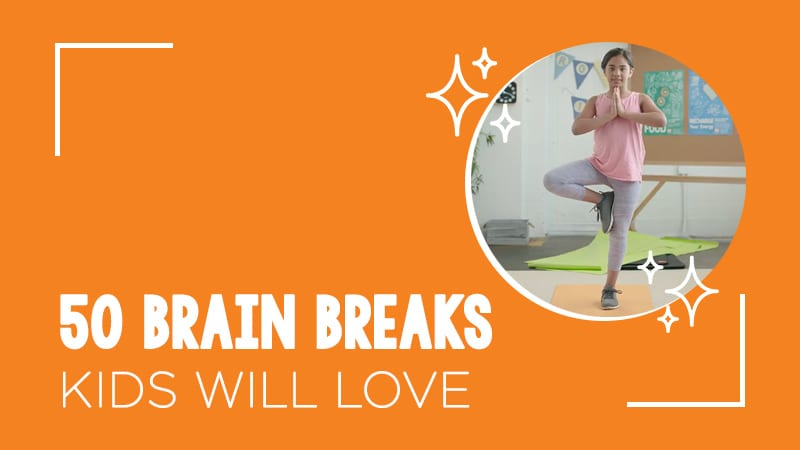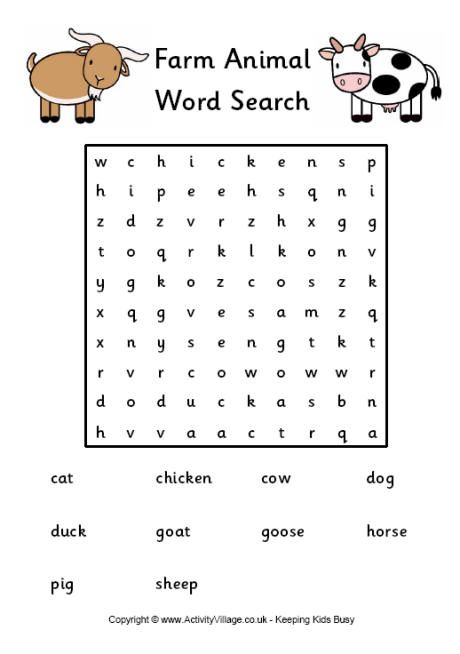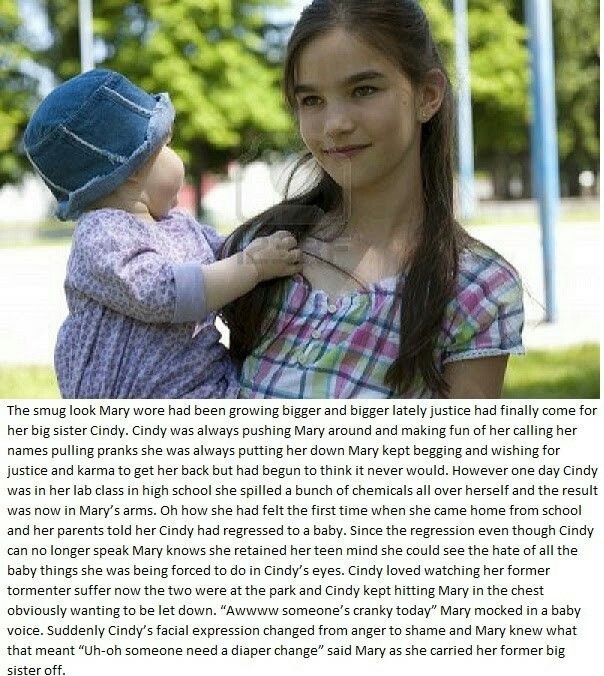Beginning to read write and listen
Beginning to Read, Write, and Listen, Pupil Kit 1 (includes Letterbooks 1-13, Popouts 1-3)
Purchase this product
09780021908929 58.32 USD
-
Price :
$58.32
-
Quantity :
-
Total :
$58.32
The purchase quantity range should be 1-29 for this product.
Pricing subject to change at any time. We only ship to US locations.
Product Details
- What Comes In The Box
- Bundles with this Product
| Title | Isbn13 | Quantity Included |
|---|---|---|
| Beginning to Read, Write, and Listen © 1988 Replacement Pop Out Card | 9780022646004 | 1 |
| BRWL REPL POP OUT CARD 2 88E | 9780022646103 | 1 |
| Beginning to Read. | 9780022646202 | 1 |
| Beginning to Read, Write, and Listen, Letterbook 1 (C) | 9780021907984 | 1 |
| Beginning to Read, Write, and Listen, Letterbook 2 (O) | 9780021907991 | 1 |
| Beginning to Read, Write, and Listen, Letterbook 3 (G) | 9780021908011 | 1 |
| Beginning to Read, Write, and Listen, Letterbook 4 (A) | 9780021908028 | 1 |
| Beginning to Read, Write, and Listen, Letterbook 5 (D) | 9780021908035 | 1 |
| Beginning to Read, Write, and Listen, Letterbook 6 (S) | 9780021908042 | 1 |
| Beginning to Read, Write, and Listen, Letterbook 7 (L) | 9780021908059 | 1 |
| Beginning to Read, Write, and Listen, Letterbook 8 (I) | 9780021908066 | 1 |
| Beginning to Read, Write, and Listen, Letterbook 9 (T) | 9780021908073 | 1 |
| Beginning to Read, Write, and Listen Letterbook 10 (F) | 9780021908080 | 1 |
| Beginning to Read, Write, and Listen, Letterbook 11 (E) | 9780021908097 | 1 |
| Beginning to Read, Write, and Listen, Letterbook 12 (H) | 9780021908110 | 1 |
| Beginning to Read, Write, and Listen, Letterbook 13 (U) | 9780021908127 | 1 |
| Title | Isbn13 | Quantity Included |
|---|---|---|
| Beginning to Read, Write, and Listen © 1988 Replacement Pop Out Card | 9780022646004 | 1 |
| BRWL REPL POP OUT CARD 2 88E | 9780022646103 | 1 |
Beginning to Read.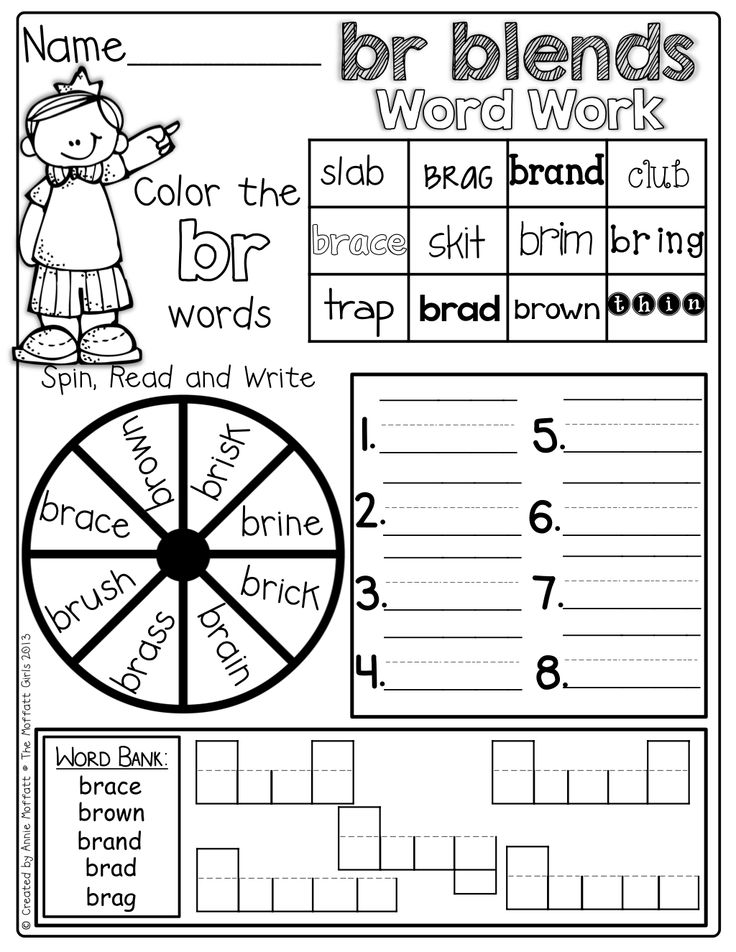 Write, and Listen © 1988, Replacement Pop-Out Card 3 Write, and Listen © 1988, Replacement Pop-Out Card 3 | 9780022646202 | 1 |
| Beginning to Read, Write, and Listen, Letterbook 1 (C) | 9780021907984 | 1 |
| Beginning to Read, Write, and Listen, Letterbook 2 (O) | 9780021907991 | 1 |
| Beginning to Read, Write, and Listen, Letterbook 3 (G) | 9780021908011 | 1 |
| Beginning to Read, Write, and Listen, Letterbook 4 (A) | 9780021908028 | 1 |
| Beginning to Read, Write, and Listen, Letterbook 5 (D) | 9780021908035 | 1 |
| Beginning to Read, Write, and Listen, Letterbook 6 (S) | 9780021908042 | 1 |
| Beginning to Read, Write, and Listen, Letterbook 7 (L) | 9780021908059 | 1 |
| Beginning to Read, Write, and Listen, Letterbook 8 (I) | 9780021908066 | 1 |
| Beginning to Read, Write, and Listen, Letterbook 9 (T) | 9780021908073 | 1 |
| Beginning to Read, Write, and Listen Letterbook 10 (F) | 9780021908080 | 1 |
| Beginning to Read, Write, and Listen, Letterbook 11 (E) | 9780021908097 | 1 |
| Beginning to Read, Write, and Listen, Letterbook 12 (H) | 9780021908110 | 1 |
| Beginning to Read, Write, and Listen, Letterbook 13 (U) | 9780021908127 | 1 |
Kindergarten | Monroe, W | Littl Doves Prschool and Kindegarten
An early childhood program for children who are 5 by August 31st of the school year
Little Doves
Kindergarten Curriculum
Little Doves has an excellent Kindergarten program with a low teacher/student ratio of 1 to 8 and a
strong academic curriculum.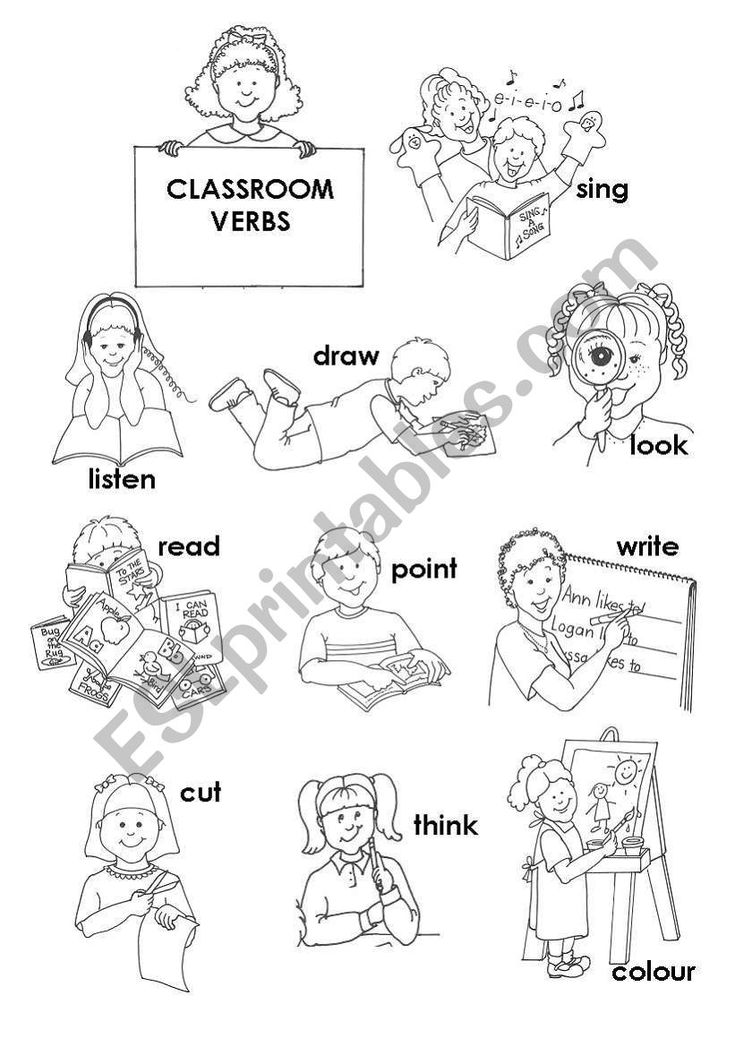 Our teacher has many years of experience. The program offers a nurturing
Our teacher has many years of experience. The program offers a nurturing
Christian environment with one-on-one teaching, phonics-based language arts curriculum, and a Scott
Foresman math curriculum. These combined with art, music, free play, and outdoor recreation create
a very balanced and highly regarded program with a high success rate and excellent preparation for
elementary school!
For more specific details on the Kindergarten curriculum, see the following summaries:
Beginning to Read, Write, and Listen
by Macmillan/McGraw-Hill
Teaching Goals
In the Kindergarten, the children will learn to:
-
Recognize the consonants and their sounds
-
Recognize the short and long vowel sounds
-
Write the letters
-
Sound out one vowel words
-
Apply the special phonic sounds
-
Rhyme words (word families)
What is Beginning to Read, Write, and Listen Curriculum?
Beginning to Read, Write, and Listen is a comprehensive reading-language arts program. It contains and correlates reading, handwriting, auditory and oral language skills for children who do not know how to read or write. Beginning provides children with a thorough understanding of the letters of the alphabet and their sounds, the most basic elements of our spoken and written language. Beginning is the foundation for a child's understanding of letters as written symbols for spoken sounds. In Beginning, the child learns about the alphabet: the letter names, how to write the letters, what sounds the letters represent, and what function the letters serve as their sounds are blended to form words. Beginning is a multi-sensory program of visual, kinesthetic, and auditory activities, which meets the specialized needs of the beginning essential readiness skills. Above all else, it produces in the beginner a high degree of involvement and motivation, so vital for success at this early stage of learning.
It contains and correlates reading, handwriting, auditory and oral language skills for children who do not know how to read or write. Beginning provides children with a thorough understanding of the letters of the alphabet and their sounds, the most basic elements of our spoken and written language. Beginning is the foundation for a child's understanding of letters as written symbols for spoken sounds. In Beginning, the child learns about the alphabet: the letter names, how to write the letters, what sounds the letters represent, and what function the letters serve as their sounds are blended to form words. Beginning is a multi-sensory program of visual, kinesthetic, and auditory activities, which meets the specialized needs of the beginning essential readiness skills. Above all else, it produces in the beginner a high degree of involvement and motivation, so vital for success at this early stage of learning.
What is the format of Beginning to Read, Write, and Listen and how is it used?
In Beginning each child has a set of letterbooks.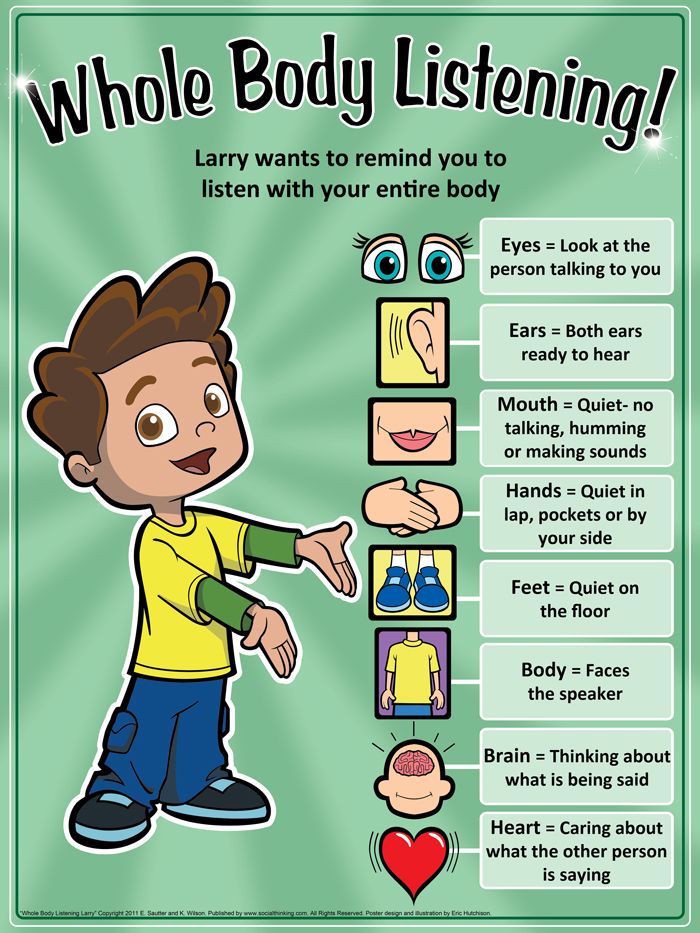 Each letterbook is a sixteen-page, full color booklet filled with multi-sensory, multimodal activities that focus on one letter of the alphabet. The child writes, cuts, pastes, and colors in the letterbook. There are twenty-four letterbooks in a complete set. The major language skills areas are stressed in each letterbook: handwriting, auditory training, oral language, linguistic skills. The child learns to write the letter, identify its sound and blend the sound with other known letter sounds to form words. There are auditory lessons on cassettes which relate directly to excercises in the letterbook. The children mark their letterbooks while they listen to the tape. The letterbook serves as the focus for oral art projects which relate to the reading skills and letter being emphasized. These activities provide valuable opportunities to develop manual dexterity and small muscle coordination.
Each letterbook is a sixteen-page, full color booklet filled with multi-sensory, multimodal activities that focus on one letter of the alphabet. The child writes, cuts, pastes, and colors in the letterbook. There are twenty-four letterbooks in a complete set. The major language skills areas are stressed in each letterbook: handwriting, auditory training, oral language, linguistic skills. The child learns to write the letter, identify its sound and blend the sound with other known letter sounds to form words. There are auditory lessons on cassettes which relate directly to excercises in the letterbook. The children mark their letterbooks while they listen to the tape. The letterbook serves as the focus for oral art projects which relate to the reading skills and letter being emphasized. These activities provide valuable opportunities to develop manual dexterity and small muscle coordination.
Little Doves Math Curriculum
Scott Foresman Math Mathematics
Math Objectives
In the Kindergarten, the children will learn to:
-
Position and Location- inside, outside, over, under, top, middle, bottom, left and right
-
Sort and Classify- same, different, sorting by one attribute, sorting the same set in different ways
-
Graph and Pattern- real, picture, & bar graphs, movement, color, shape & creating patterns
-
Understand Numbers 1 through 31 – counting, reading, and writing these numbers, counting by twos and fives, ordinal numbers through 31st
-
Compare and order by size and length, estimating and measuring length
-
Compare and order by capacity and weight, estimating and measuring capacity and weight
-
Time and Money- calendar time, money coins and values
-
Number Relationships- more and fewer
-
Counting and Number Patterns to 100- numbers to 100, counting groups of 10, skip counting
Spiritual Objectives
In the Kindergarten program, the children will learn that:
-
God made the world.
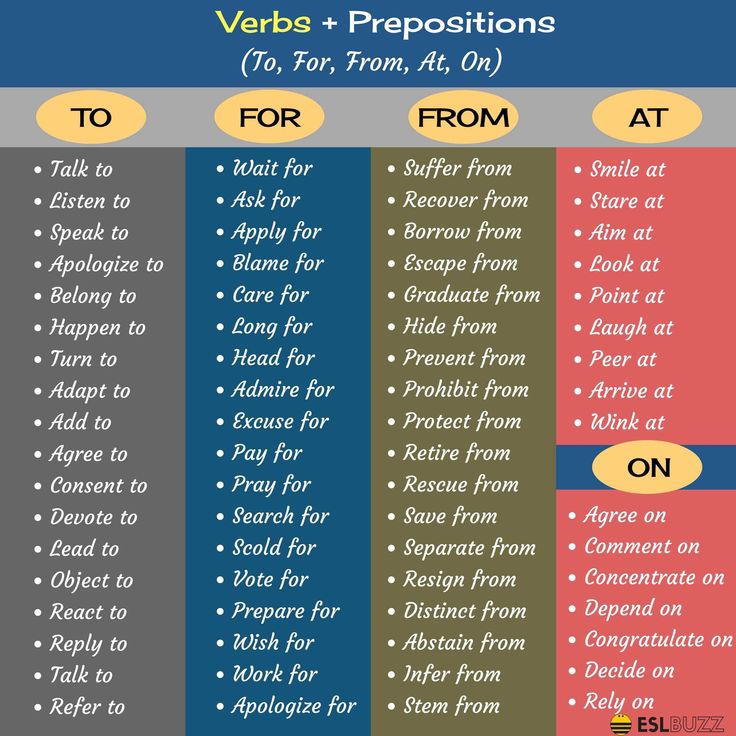
-
God created us.
-
God loves us.Jesus is our God's expression of love to us.
-
Jesus is God's Son.
-
Prayer is talking to God and we can talk to God anytime.
-
God listens to our prayers.
-
We are not perfect...we sin and God acts in love to bring us His forgiveness through Jesus
-
The life, death and resurrection of Jesus for us.
-
Be kind to others.
-
Love one another.
-
Learn basics about the Bible - as "God's book"
-
Bible memorization
-
How to be a "light" or witness for Jesus!
What is a summary? To what extent does the summary reflect the essence of the book?
The Smart Reading Summary is a summary of the key thoughts of a non-fiction book.
Everyone knows that non-fiction books are often overflowing with information for length, repetitive and not always well structured, which discourages the desire to read to the end. We try to preserve all the advantages of such a book, eliminating its disadvantages.
We try to preserve all the advantages of such a book, eliminating its disadvantages.
The key feature of our summaries is depth and content: we convey all the key ideas of the book, its motivational component, save important examples, cases, and even supplement the text with comments that allow a deeper understanding of the author's ideas.
At the same time, we do not try by all means to compress the text to one to five unrecognizable pages. The essence of the book and the opportunity to assimilate it are of greater value to us than the size of the summary. So, sometimes you can find summaries for serious books up to 20 pages of printed text.
Start reading and listening to the summary
How is a summary different from a review or a Wikipedia article?
A review is a critical review that contains the subjective attitude of the reviewer to the read work.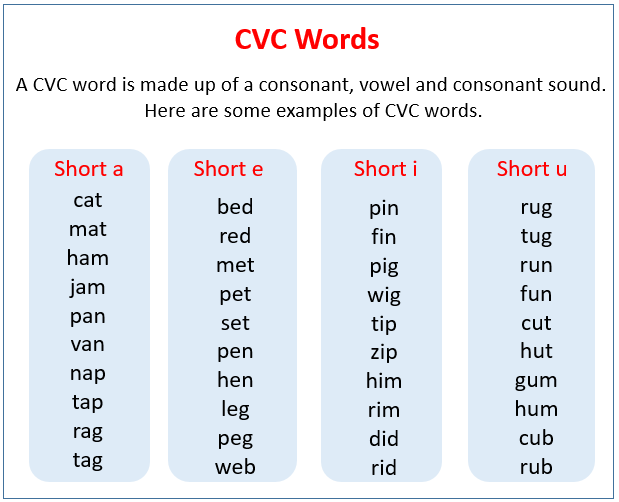 The summary is written with the aim of conveying briefly the valuable thoughts of the author of the book, and not the creator of the summary.
The summary is written with the aim of conveying briefly the valuable thoughts of the author of the book, and not the creator of the summary.
Wikipedia articles contain interesting facts about the book, the author, and sometimes include a few of the book's key ideas. The form of the article is much more concise. Its purpose is to inform the reader about the availability of the book, and not exhaustively convey the most valuable of the book. We have prepared for you an overview of the world's leading summary services.
Is the summary a book replacement?
Rather, summaries are an opportunity to read more and choose for deep reading only those books that turned out to be most valuable to you.
Start reading and listening to the summary
Who writes summaries?
Three or four people work on each summary.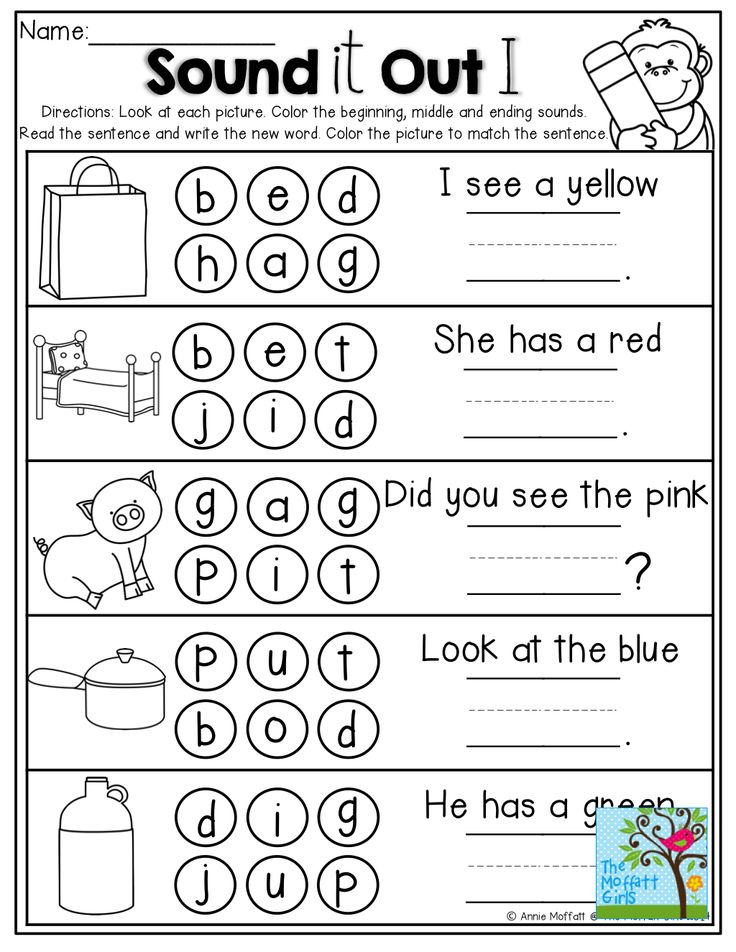 Every time summaries are written by professionals in the field of working with text and translation, who have practical experience in the subject of the book. Further, the summary is submitted for editing to check the sufficiency, clarity, simplicity and logic of presentation, preserving the spirit of the book. If the book is specialized, the summary is reviewed by an expert in a special field. Next is the standard proofreading step. We coordinate summaries for Russian books with the author of the book personally.
Every time summaries are written by professionals in the field of working with text and translation, who have practical experience in the subject of the book. Further, the summary is submitted for editing to check the sufficiency, clarity, simplicity and logic of presentation, preserving the spirit of the book. If the book is specialized, the summary is reviewed by an expert in a special field. Next is the standard proofreading step. We coordinate summaries for Russian books with the author of the book personally.
What books end up in the library and why?
We have several criteria for selecting books.
The first basic condition is that only books that have a high rating (4+) from two or more experts appear in our library. This could be an amazon.com sheet, the Financial Times, or the McKinsey Business Book of the Year. We focus on international expertise, as a significant part of non-fiction literature is translated.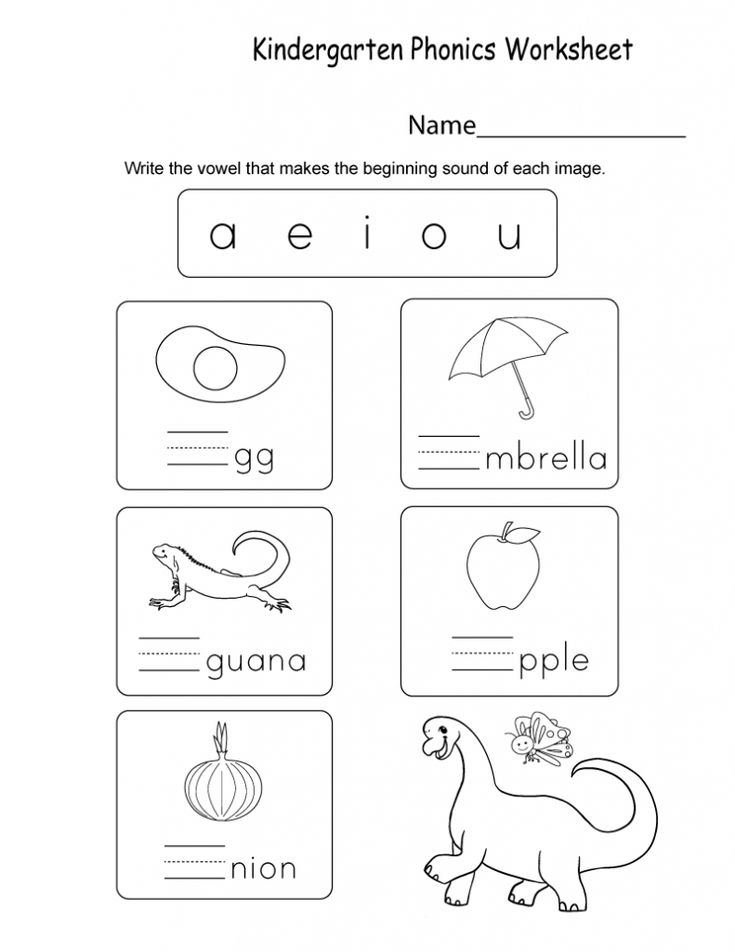 Often in the library there are summaries of books that are not translated into Russian, but are very valuable.
Often in the library there are summaries of books that are not translated into Russian, but are very valuable.
The second criterion is the relevance of the book to the needs and tasks of our readers. In the process of cooperation with business clients, we have studied in detail their needs in the field of training, on the basis of which we have formed and fill the corporate competencies matrix with content. So, for example, we have all the books in the Sberbank Library.
The third criterion is the compliance of the content of the book with our mission and role in the development of society. Thus, we make summaries of important books on social responsibility, ecology, and the inclusiveness of society, which provide an understanding of social, economic, and political processes.
Whatever the criteria for choosing a book, be sure that it is worth reading and your time. There are no random books in the Smart Reading Library.
There are no random books in the Smart Reading Library.
Start reading and listening to the summary
Which format - text or audio - is more effective for perception? Is their content different?
The text requires thoughtful elaboration and full focus, while listening to the summary can be a second activity. What suits you best depends on your type of learning. Often our subscribers use both formats. Their content is no different.
What is an infographic and why is it useful?
This is a visual display of information, in our case, the important ideas of the book, which allows you to notice, get interested and remember. The Smart Reading library contains over 150 infographics on the best non-fiction books. Our readers use infographics as a great way to motivate reading, memorization and recall.
Learn more
What does the subscription include?
By subscribing, you get full access to the entire summary library in text, audio, graphics and other formats, as well as all the new products. Every year our library grows by at least 100 summaries.
How to teach a child to read. 5 ways to teach your child quickly and correctly.
The whole truth about how to choose a backpack for a first grader.
- Articles
- How to teach a child to read. 5 ways to teach your child quickly and correctly.
Reading is one of the very first skills that a child will master in his life. In our society, literacy is the key to success, and when reading ability does not develop within one or two classes, parents begin to feel that they have failed.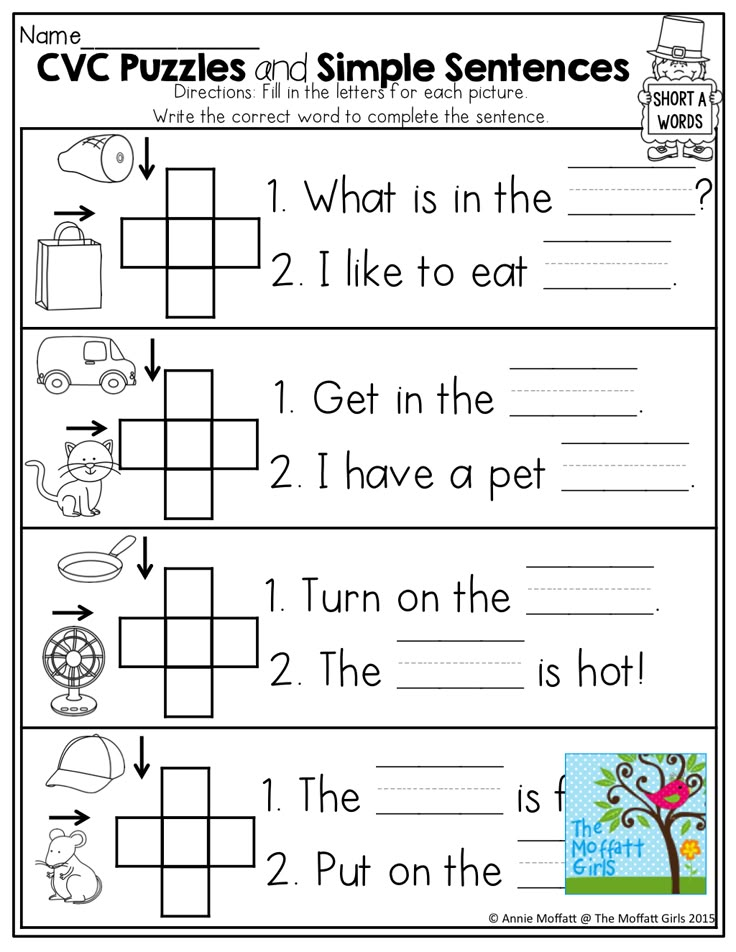 However, most likely, the matter is in the choice of the method of education - there are no right and wrong books, methods, games, it all depends on the individual characteristics of the baby. There are no two children who simultaneously learned to read at the same pace, but for each case, the main thing is patience, diligence, perseverance.
However, most likely, the matter is in the choice of the method of education - there are no right and wrong books, methods, games, it all depends on the individual characteristics of the baby. There are no two children who simultaneously learned to read at the same pace, but for each case, the main thing is patience, diligence, perseverance.
In our article “What a future first grader should know when going to school”, we talked about the fact that reading by syllable is one of the skills that helps a child better adapt to the first grade. Therefore, it is worth starting training in advance, but taking into account the readiness of the child to learn.
How to get a child interested in reading?
Most children learn to read at the age of 5-7 years. Parents are encouraged to read aloud to their children, as the best way to instill a love of books is by example. Babies may not understand what you are reading, but they will become familiar with what a book is, learn to distinguish drawing from print.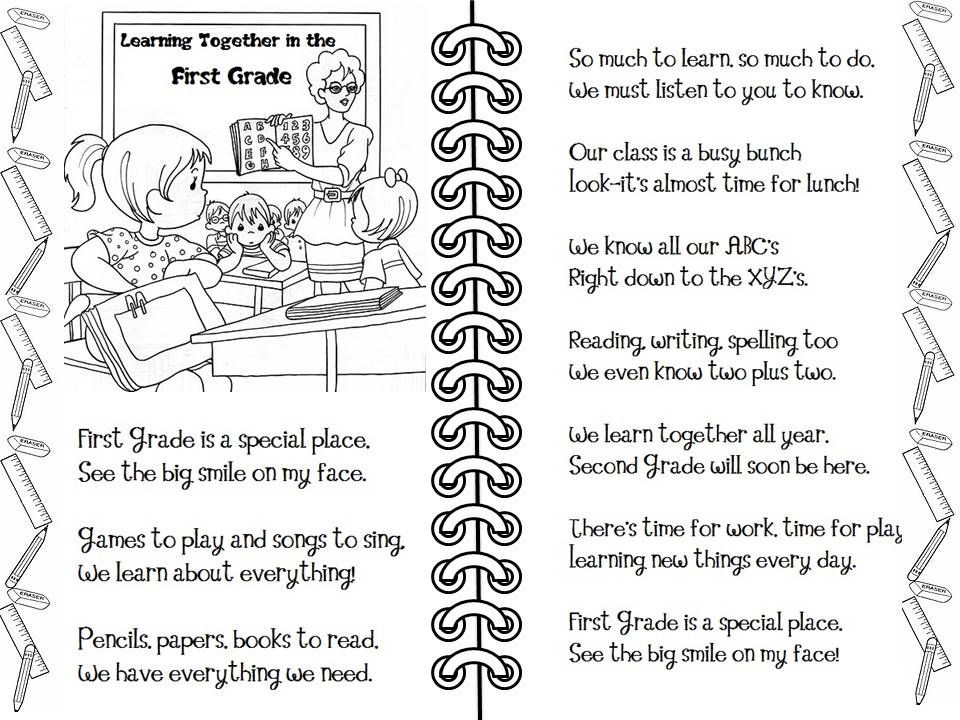 Toddlers love to imitate adults, play with printed materials, start flipping pages - this is another option for training fine motor skills. The main thing for parents at first is to form positive associations in the baby associated with the books they read. Read - and they will want to read, smile, opening a fresh volume, - children will also smile, flipping through the pages!
Toddlers love to imitate adults, play with printed materials, start flipping pages - this is another option for training fine motor skills. The main thing for parents at first is to form positive associations in the baby associated with the books they read. Read - and they will want to read, smile, opening a fresh volume, - children will also smile, flipping through the pages!
Is the child ready to learn to read: how to determine?
-
Desire to learn. Motivation is an essential component of learning - children need to get excited, really interested to start reading, then they will do their best to learn.
-
Games “I write” and “I read”. If you saw that the baby took the book and examines the pages, imitates reading, or tries to draw with a pencil not just drawings, but zigzags resembling letters, these are signs that you should pay attention to.
-
Involvement in history and attentiveness. How attentively does the child listen to the story being read? How involved is he in the story you are reading? Can he retell it? If the baby not only hears, but listens with interest and remembers what you read to him, you can certainly take the first steps towards his education.

-
Understanding how to open a book, flipping through, realizing that sentences are read from left to right is another bell that indicates a child's interest.
-
Interest. Can your toddler point to large letters and identify them with something familiar, recognize multiple lowercase letters? When the text you read ceases to be just a set of characters for him, take a closer look.
-
The ability to distinguish readable sounds. A good way to determine if the baby knows about the sound structure of words is to check if he can rhyme simple words, determine the first and last sound.
-
Developed oral language. If your son or daughter does not have problems with pronunciation and errors in syllable coordination, he or she can start learning.
You can teach to read in several stages, depending on the age of a small student:
-
2-3 years - work is underway on figurative thinking, parents arouse interest in reading fairy tales, look at pictures together.

-
4-5 years - the first acquaintance with the alphabet takes place, simple sound-letter learning.
-
5-6 years - you can teach to read words, sentences, retell a readable text.
Basic teaching rules
What is the most successful approach to early learning to read? Let your child set their own pace and enjoy what they are doing. Do not force him to memorize numbers, shapes, names of objects, sentences you read. On the contrary, encourage curiosity, let the little one learn to explore on his own, discover new things, without fear of mistakes. The main condition is the desire of the smallest student. Read books to your baby that he really likes and entertains, the readable text should not be boring! Do not force reading when the child does not want it - this can permanently turn him away from books.
Use games - it is in a playful way that preschoolers most easily learn the information they read, so combine the useful with the pleasant.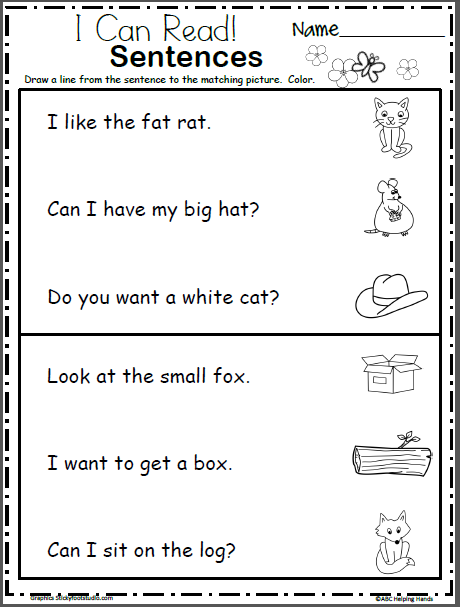 Keep the child interested, but do not make the classes too long - it is better to spend less time studying, but do it more often. Classes should be diversified with light warm-ups or outdoor games, which help relieve stress, distract and gain strength to continue studying.
Keep the child interested, but do not make the classes too long - it is better to spend less time studying, but do it more often. Classes should be diversified with light warm-ups or outdoor games, which help relieve stress, distract and gain strength to continue studying.
Good parents must remain patient and not compare their child's progress to other children's - remember that everyone's learning process is at their own pace. Listen to the baby, if right now he does not want to read, pick another time. For each preschooler, you can choose the best home teaching method - look at the different methods, choosing the one that suits your baby.
Teaching methods
Montessori method
The Italian teacher and doctor Maria Montessori proposed a method of teaching reading, according to which you must first learn to write, and only then read. Small children perceive lettering as drawings, so it's easier to start by teaching a preschooler how to write the alphabet correctly. Use cursive, not block characters - rounded characters are easier to read for preschoolers. The methodology provides for training without manuals, books, primers. You will need paper, a pencil, toy three-dimensional letters. The process takes place in several stages:
Use cursive, not block characters - rounded characters are easier to read for preschoolers. The methodology provides for training without manuals, books, primers. You will need paper, a pencil, toy three-dimensional letters. The process takes place in several stages:
-
Hand training. Before you learn to write, teach your child to circle a variety of objects, to hatch drawings. Such exercises train the hand and fingers, develop fine motor skills. If the baby gets used to holding a pencil in his hand, the first letters will come out easily, without much effort.
-
"Feeling" letters. Tactile contact is one of the first ways a child explores the world. Let him "touch" to get acquainted with the alphabet. You can buy tables with a convex alphabet or cut out letters yourself from fabric, soft paper. It is better that the preschooler is pleased to touch them, then he will learn the alphabet very quickly, he will be able to compose syllables on his own.
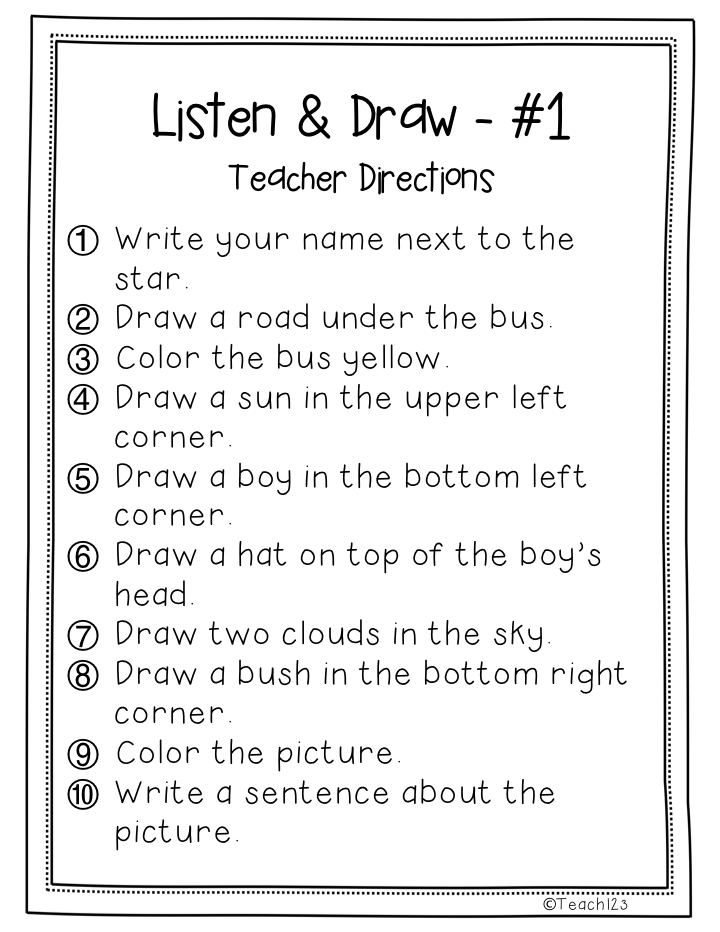
-
Compilation of words. Having learned the alphabet, children are ready to connect letters into syllables, and syllables into words.
-
First writing lessons. At this stage, some children immediately write in full sentences, some prefer drawing individual letters. Do not rush the preschooler, give him enough time to learn the art of writing. After numerous trainings, your son or daughter will learn how to correctly write the words and sentences they know.
-
Reading. Composing familiar concepts from cut out letters or trying to write them with a finger in the sand, the child will repeat them, gradually moving from writing to being able to read. With each practice, the words will become easier to read for him.
Zaitsev Cubes
Zaitsev's technique is based on a game form of learning, for this they use cubes developed by a famous teacher. According to this method, in order to teach a child to read, you do not need to use the alphabet, which is more likely to confuse than help.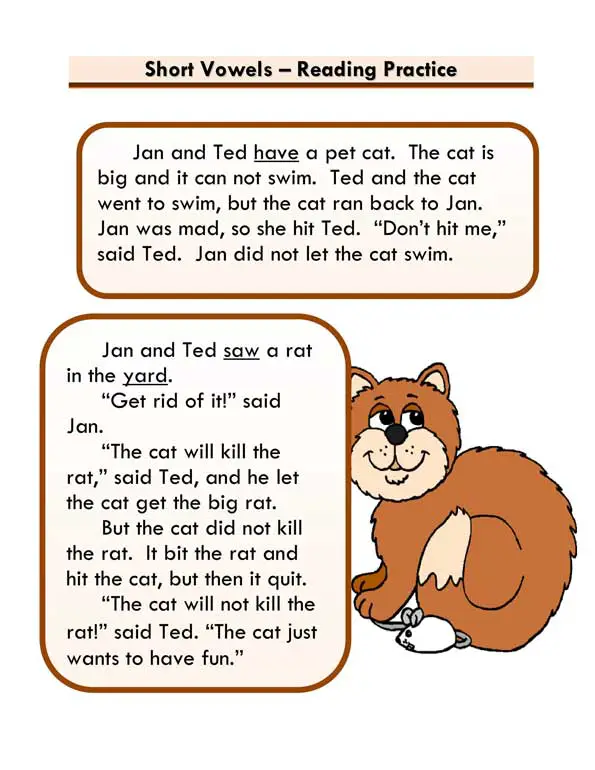 Zaitsev believed: the alphabet is harmful due to the use of pictures. For example, if a baby remembers the letter “A” associated with a picture of a stork, and “M” with a picture of a mouse, he may decide: to write “mother” you need two storks and two mice. The readable text will be clearer if you first learn to write, make warehouses, and only then start reading. There are several rules for this technique:
Zaitsev believed: the alphabet is harmful due to the use of pictures. For example, if a baby remembers the letter “A” associated with a picture of a stork, and “M” with a picture of a mouse, he may decide: to write “mother” you need two storks and two mice. The readable text will be clearer if you first learn to write, make warehouses, and only then start reading. There are several rules for this technique:
-
The basic unit of the language according to this method is not a syllable, the basic unit is a warehouse, that is, a combination of consonant and vowel sounds. For example: PA-PA, MA-MA, SA-MO-LE-T.
-
Warehouses are presented to the child not in a book or cards, but on cubes that are designed to develop analytical thinking. They differ in colors, sizes, have different content, due to which they produce a different sound. A preschooler will learn to distinguish and memorize them by sound, touch, appearance, using all the senses. Warehouses are written on the edges, not syllables.
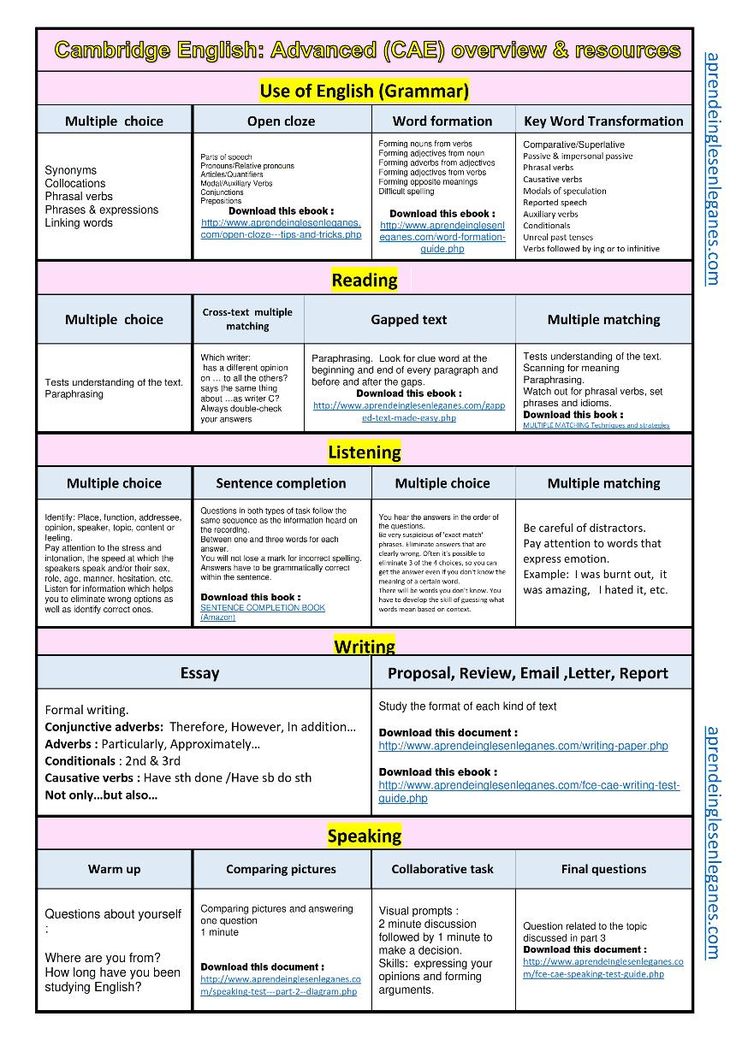
-
Learning takes place in a playful way - let the child build towers from cubes, gradually moving on to compiling readable words. You can sing warehouses, speak out loud, start writing (not necessarily with a pencil, just move your finger along the table).
-
There are 52 large and small cubes in the set, 7 are repeated so that you can make words with the same warehouses. The letters are written in different colors, there is a cube with punctuation marks. Products are made of different materials, there are wooden, iron, golden and combined.
Phonetic method
The phonetic or sound technique is used in schools, so if you start teaching a child using it, it will be easier for him to adapt to learning already sitting at a desk. This method is easy to use at home, useful for practicing correct pronunciation, suitable for 5-6 year old preschoolers, but may not be practical for earlier reading. The technique consists of several stages: first, the baby must be taught to distinguish sounds in readable words, then they must be taught how to correctly write sounds in letters, put what is written into syllables, and then into words and sentences.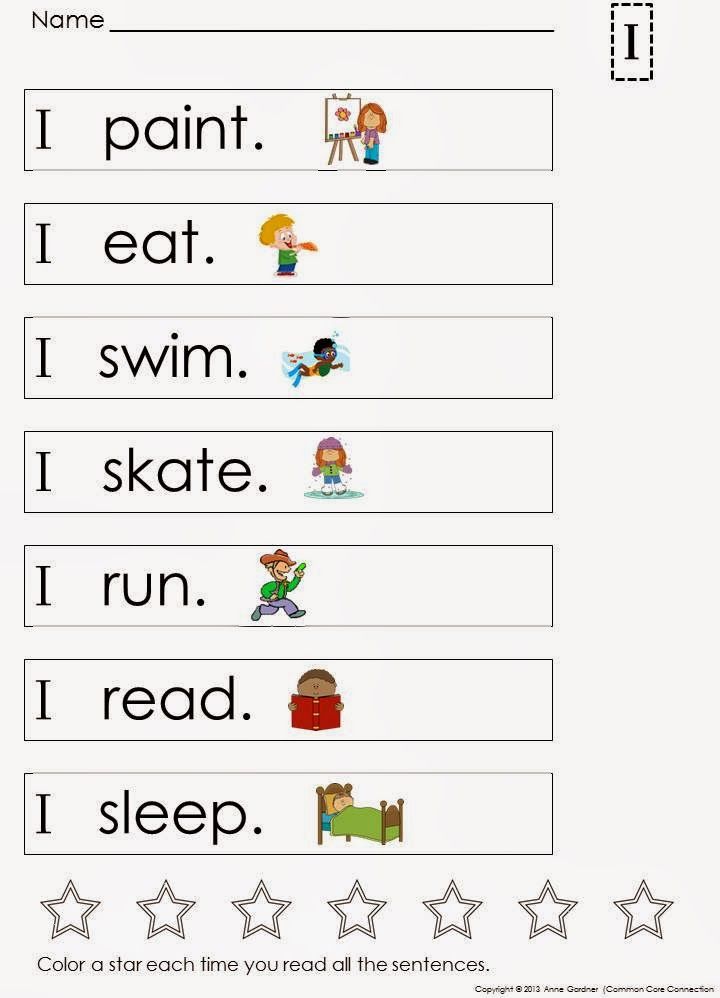
Glen Doman cards
According to the methodology developed by Glen Doman, you need to start reading with individual words, not syllables. The technique is suitable for the youngest children, even those who are only a couple of months old. The child is shown cards with words in a certain order, correctly and carefully repeating what is written aloud, gradually moving on to phrases, sentences and books. In total - 5 steps:
-
Step number 1: 15 cards with inscriptions are used that may be interesting and familiar to the child (“mom”, “dad”, names of pets, names of favorite dishes). Cards need to be alternated and shown, explaining what is written. Readable cards are held in the hands of a parent, the viewing time of each is 1-2 seconds. After the first 15 words, you should add the following, on average, you should learn 5 new concepts per day.
-
Step number 2: you need to analyze the vocabulary of a preschooler and start compiling phrases.
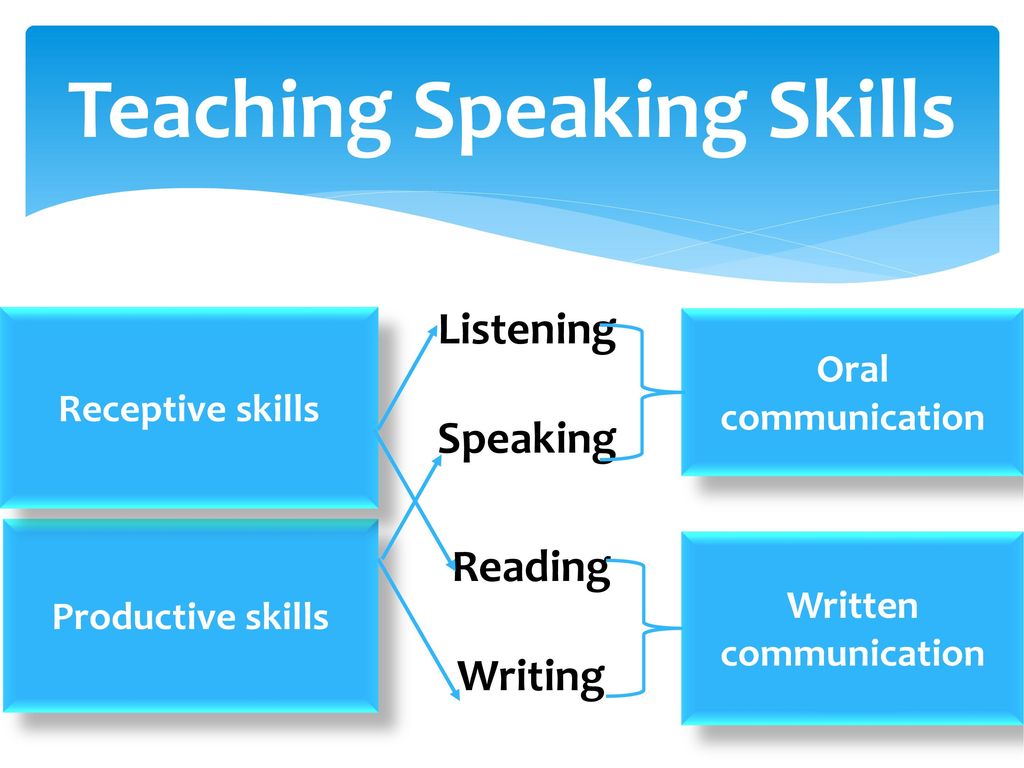 The easiest way to perceive phrases with colors, dimensions, familiar characteristics - “red apple”, “big stool”, “clean hands”.
The easiest way to perceive phrases with colors, dimensions, familiar characteristics - “red apple”, “big stool”, “clean hands”. -
Step #3: You should start with 5 simple sentences, demonstrating them three times a day, and after 3-5 days, start replacing them with new readable cards.
-
Step number 4: it will be correct to teach how to read common sentences, complicating them with new words. For example, “mom is cooking” can be turned into “mom is cooking soup”. Gradually, the child will be ready to move on to the final stage - the book.
-
Step #5: After reading cards with large letters, you can move on to books with smaller fonts. The first book must comply with several rules: vocabulary - 50-100 familiar words, one sentence per page, pictures after the text. It is not necessary to purchase ready-made books, you can make them yourself, the main thing is that the material you read is of interest to your son or daughter.
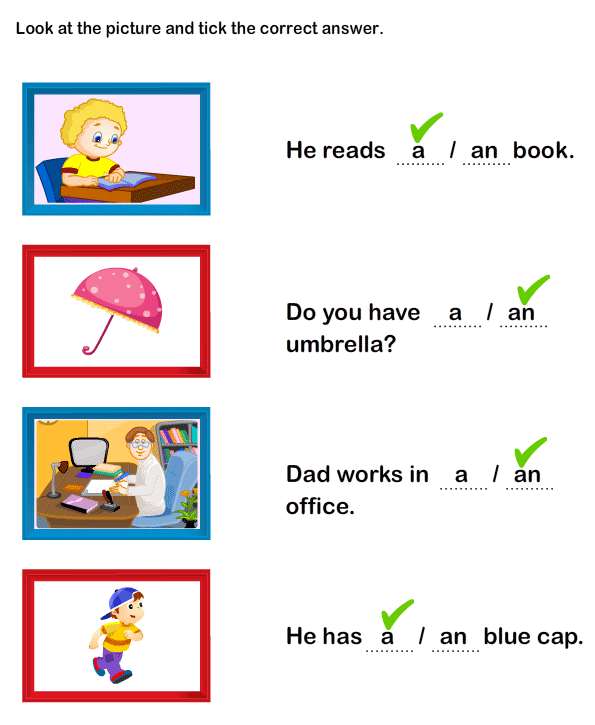
Methodology of Olga Soboleva
The methodology of the Russian teacher Olga Soboleva is based on motivation by creating confidence in the child that reading is pleasant. Learning takes place in the form of a game using associations. For example, the letter “M” should be associated with the native word “mother”. At the same time, the method excludes learning by syllables, you need to start with words, after which sentences are mastered immediately. Games gradually move to books, so that the love of reading is instilled in the preschooler.
How to teach reading independently and at home
Almost all teaching methods agree that the easiest way is to teach a preschooler to read in a playful way, without coercion, to use the example of parents and readable material that is understandable to him. Remember the simple rules:
-
Choose one technique and follow it.
-
Letter-by-letter pronunciation is called a mistake, give preference to methods based on the study of syllables, warehouses, sentences.

-
Avoid mandatory lessons at certain hours. Set aside time for classes spontaneously, do not tire your child with long studies, it is enough to take 10-15 minutes for one lesson.
-
Study syllables, words during game exercises, and then make sure that the studied material is always in front of your child and he gets used to reading it. Play "guess the sound" to train your phonetic ear. Call up associations, let the child answer the question of what this or that letter looks like.
-
After studying the first three vowel sounds, the child should be explained how different sounds merge into one syllable. Apply visualization - put blocks or cards next to each other, write letters on the constructor and connect it.
-
Remember motivation. Learn words using an interesting example that can also be a reward - sing him a song about a teddy bear, turn on a cartoon about a duck, treat him to a delicious apple, and then move on to writing and reading.
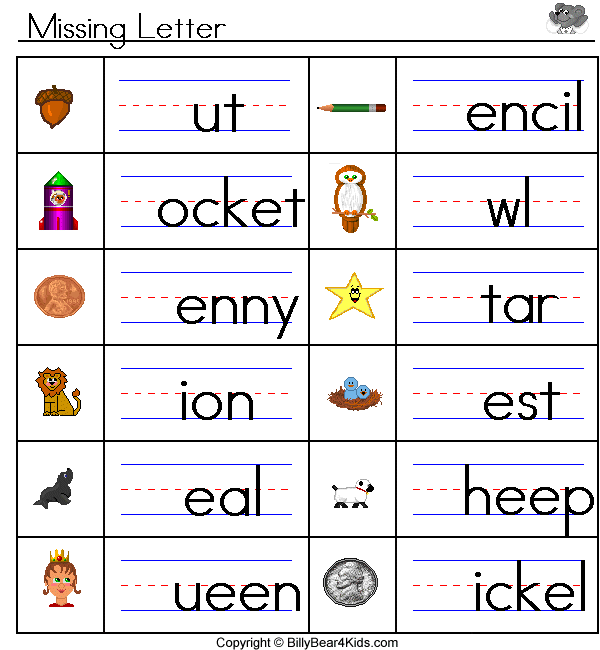
Learn more

